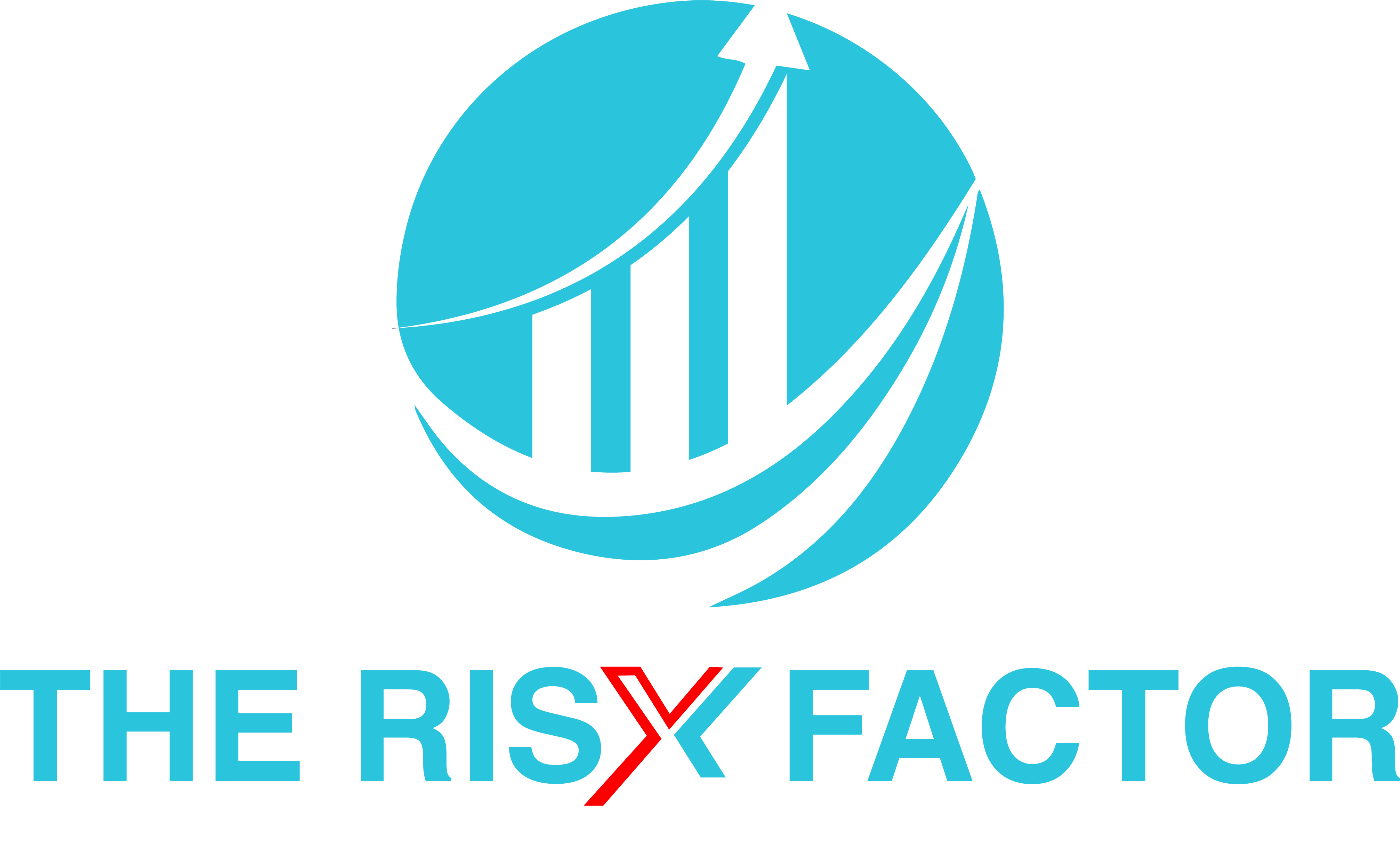Medicare Private Fee-for-Service plans are a type of Medicare Advantage plans provided by private insurance companies.
They are required by Medicare to provide the same level of coverage as Original Medicare. However, Private Fee-for-Service (PFFS) plans offer additional benefits not provided by Medicare.
How does a Medicare Advantage Private Fee-for-Service plan work?
With a PFFS plan, you don’t need to choose a primary care physician nor do you need a referral to see a specialist.
This is how it operates:
- There could be a healthcare provider network. You need to talk to a licensed Medicare insurance agent to be sure.
- Even if there is a network, you can typically still go out-of-network if the providers accept your plan’s payment terms and conditions. Just check with the healthcare provider first.
- This goes for any healthcare provider. Non-network providers can choose to accept a PFFS plan on a case-by-case basis.
- You have to be enrolled in Medicare Parts A and B to have this plan
- You will also continue to pay your Part B premium along with a separate premium for your PFFS plan, if there is one.
- The biggest difference with this plan is that the insurance company determines how much it will pay your healthcare provider and how much you pay for a covered health service. With other plans, Medicare sets these rates.
What does a Private Fee-for-Service plan cover?
A PFFS plan is a type of Medicare Advantage plan. This means it offers additional benefits that Original Medicare does not.
Such benefits can include:
- Adult day-care services
- Dental
- Fitness memberships
- Hearing
- Nutrition programs
- Over-the-counter drugs
- Services and supports for those with chronic conditions
- Transportation to doctor visits
- Vision
- Wellness programs
Benefits you are eligible for will depend on your area and plan providers.
Typically, this plan does include a Part D plan. If not, you’ll need to join a standalone Part D plan if you want prescription drug coverage.
Check Out Plans in your AreaWhat is the difference between PFFS, HMO, and PPO?
Most notably, the biggest difference with this plan is that the insurance company determines how much it will pay your healthcare provider and how much you pay for a covered health service. With other plans, Medicare sets these rates.
But here is the key differences between PFFS and other Medicare Advantage plans:
- Most often, PFFS plans don’t have a network of providers and are contracted with anyMedicare-approved healthcare provider that accepts the payment terms.
- If something isn’t covered that is medically necessary, you have the ability to ask for an“advance coverage decision.”
- Usually, the plan will include a prescription drug plan. But, if not, you can add a MedicarePart D plan. This isn’t allowed for HMO or PPO plans that don’t include Part D coverage.
- You might have to confirm before every visit whether a healthcare provider will cover theservice under your plan.
It is important to talk with a licensed Medicare insurance agent to explain key differences in plans available in your area before coming to a decision on what’s right for you.
When can I enroll in a PFFS?
If you are eligible for Medicare, you are eligible for an Advantage plan. But there are specific times in which you can enroll:
Initial coverage election period — Your initial coverage election period is a seven-month period that starts three months before the month you turn 65 and ends three months after the month you turn 65. If you are under 65 and receive Social Security disability, you qualify for Medicare in the 25th month after you begin receiving your Social Security benefits. If that is how you are becoming eligible for Medicare, you can enroll into an Advantage plan three months before your month of eligibility until three months after you became eligible.
Annual election period — Also known as open enrollment or AEP, the annual election period for Medicare Advantage is October 15 through December 7 every year. Coverage for the Part C plan you choose during this time will begin January 1 the next year. During this time, you can also add, change, or drop current coverage.
Medicare Advantage Open Enrollment Period — During this open enrollment period, you are able to change from one Advantage plan to another or drop it to return to Original Medicare.
Special Election Period — There are several things that can trigger a special election period and they are unique to an individual. It is best to speak to a licensed Medicare insurance agent to find out if you qualify for a special election period. However, there are a few common instances we can talk about. Such as, if you move outside your Medicare Advantage plan’s service area, qualify for extra help (such as a program that helps pay for your prescription drugs), or move into a nursing home you might qualify for a special election period. During this time you can make changes to your Advantage plan or return back to Original Medicare.
Check Enrollment Eligibility
